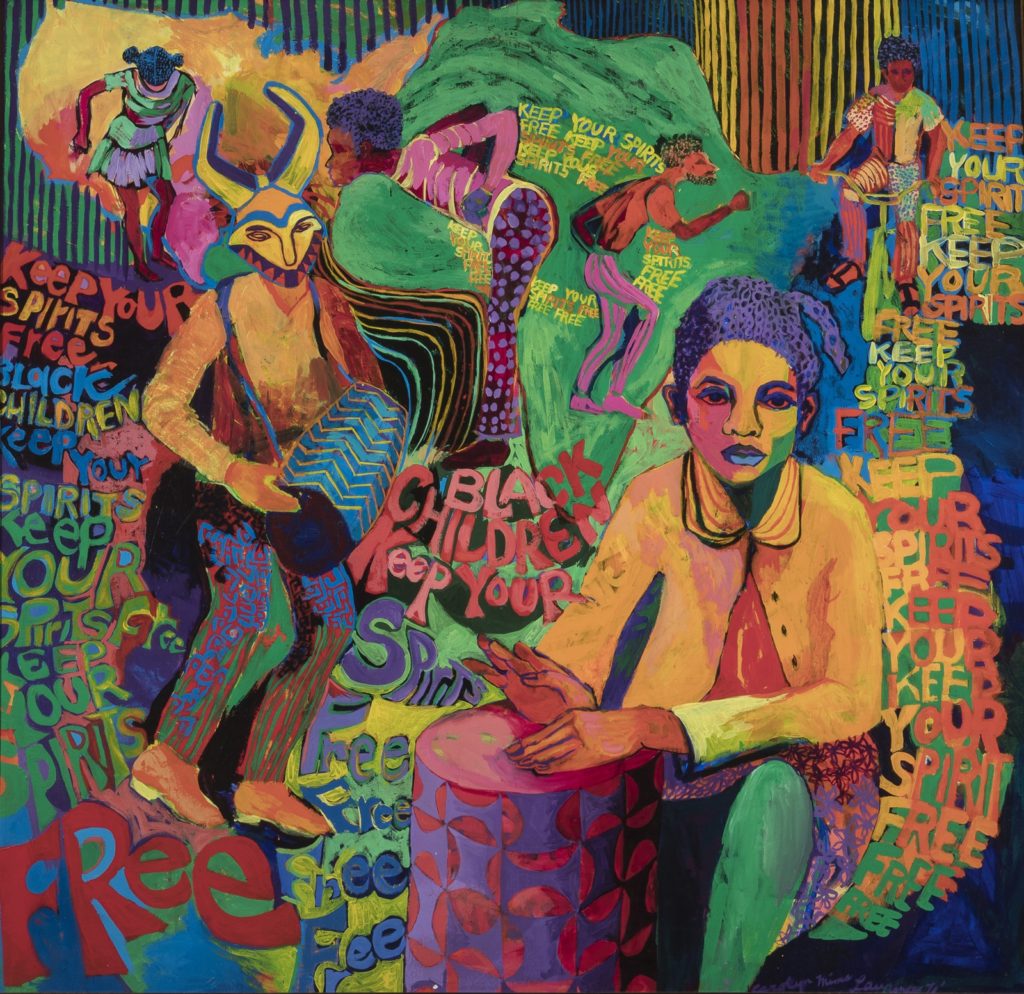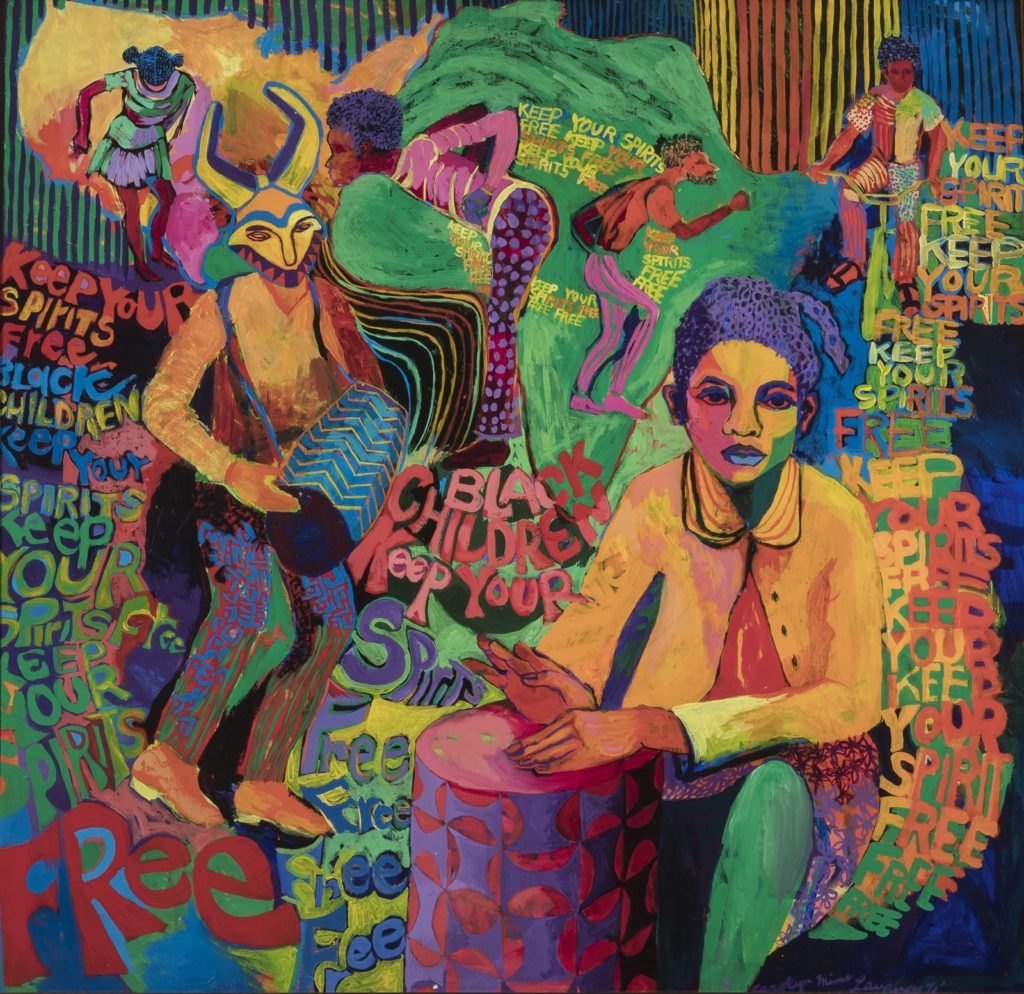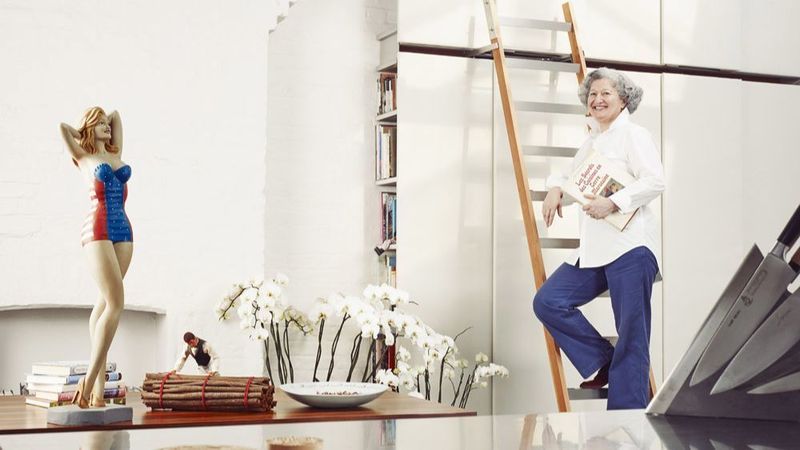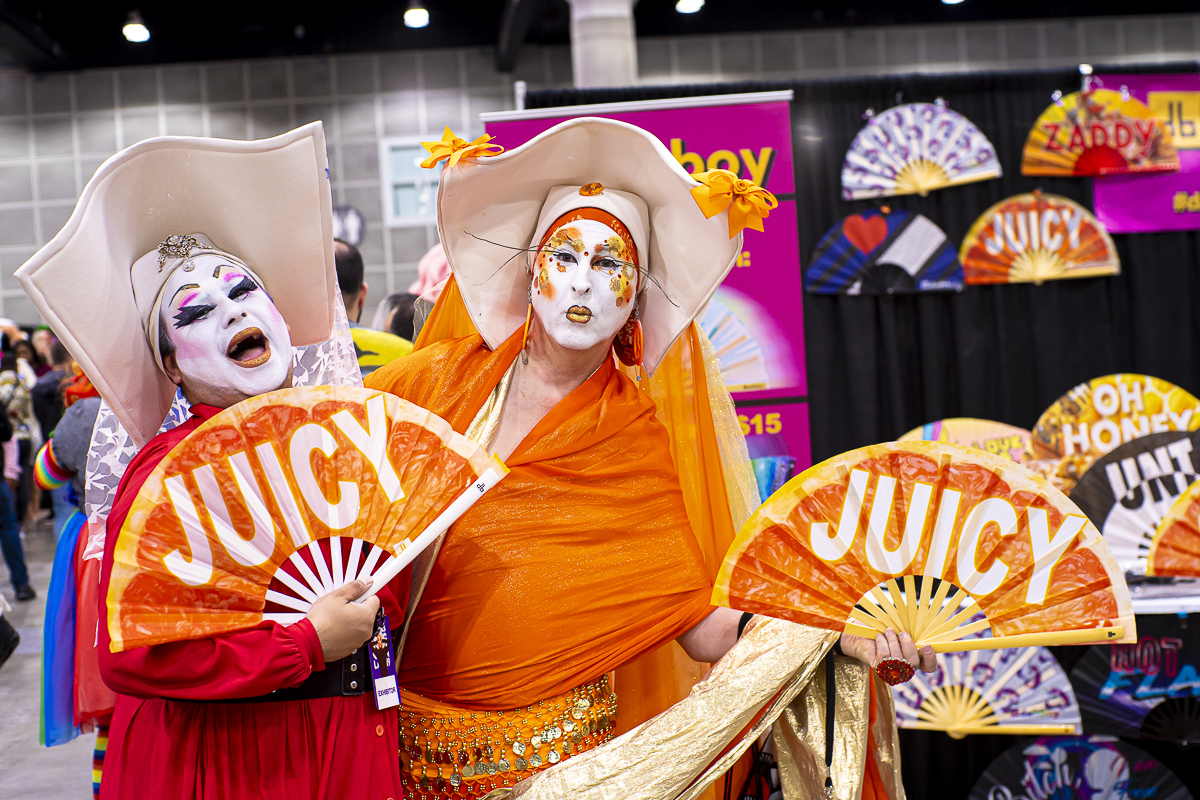
The 1960s ignited a generation of activists fueled by inequity, unrest, and uprisings, and the art created during this time was a visual by-product of the nation’s struggle toward equality. But the work of African American artists during this era remained in the shadows of the art world, largely unrecognized by mainstream audiences.
In other words, the sustained inclusion of Black art in the historical canon is a slow, evolutionary process that was catalyzed by revolutionary acts.







